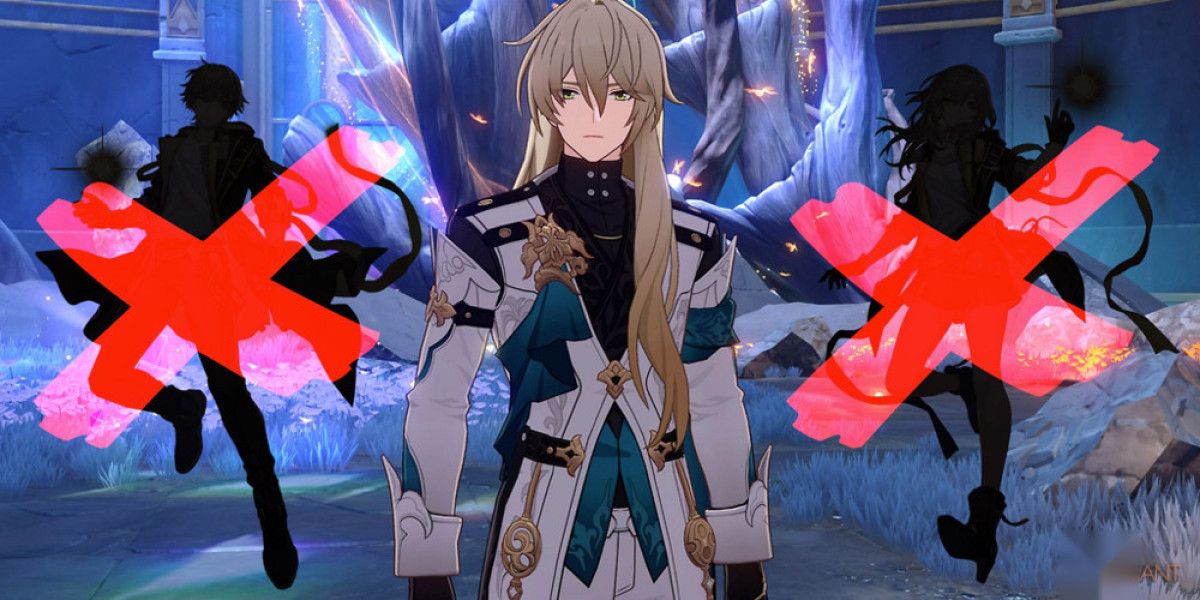In the ever-shifting world of fashion, few brands have captured the spirit of urban culture quite like Trapstar. What began as a grassroots movement in West London has grown into an international streetwear powerhouse, worn by celebrities, athletes, and fashion-forward youth across the globe. At the heart of its success is a brand that refuses to compromise—Trapstar represents more than just clothing. It’s a lifestyle, a community, and a symbol of hustle and ambition.
This article dives into how Trapstar has evolved from its underground roots into one of the most influential names in contemporary streetwear.
From the Bedroom to the Block: Trapstar's Origins
Trapstar was founded in 2005 by three close friends—Mikey, Lee, and Will—who began printing and selling T-shirts out of their West London bedrooms. The name "Trapstar" came from the idea of turning struggle into success: “trap” representing adversity and the grind, and “star” symbolizing elevation and aspiration. That duality continues to shape the brand’s identity.
Rather than relying on traditional retail, Trapstar built its early following through word-of-mouth, exclusivity, and community connection. The brand became known for its cryptic slogans like “It’s a Secret”, pop-up shops, and limited-edition drops that kept fans constantly guessing. In a fashion world increasingly dominated by hype, Trapstar created its own path—authentic, raw, and self-defined.
Design Language: Bold, Iconic, and Unapologetically Street
Trapstar’s design approach is unfiltered. The aesthetic is bold, with gothic lettering, military inspiration, glitch patterns, and street-level slogans. It's a visual language that mirrors the rebellious, DIY nature of the brand’s beginnings.
Some of the most recognizable pieces include:
The Irongate Jacket, featuring the striking “T” logo across the back—an unmistakable signature that has become one of streetwear’s most photographed garments.
Trapstar tracksuits and puffers, often dropped in limited runs, feature reflective finishes, camouflage prints, and disruptive colorways.
Caps, T-shirts, and accessories, with subtle nods to UK music, youth culture, and global street style.
What’s consistent across all Trapstar pieces is an attitude—one that says you’re proud of where you come from and unapologetic about where you’re going.
Trapstar and Music: A Symbiotic Relationship
Trapstar isn’t just a fashion label—it’s deeply rooted in the sound and soul of the streets. From the beginning, the brand had a strong connection with the UK grime and hip-hop scenes, embraced by early artists like Giggs, Wretch 32, and Krept & Konan. These co-signs helped legitimize the brand and gave it organic credibility.
As Trapstar expanded, its reach grew into the global music scene. Rihanna, Drake, A$AP Rocky, and Jay-Z have all been spotted wearing the brand. Jay-Z’s endorsement went even further when Trapstar joined his Roc Nation umbrella, making it one of the few UK streetwear labels to cross over into the U.S. hip-hop world without losing its identity.
In many ways, Trapstar is to the UK what Supreme has been to New York—a brand built by the culture, for the culture.
The Power of Exclusivity
Trapstar understands the psychology of streetwear. Rather than flooding the market, the brand keeps supply tight. Drops are limited, often unannounced, and sell out within hours. This strategy not only drives demand but builds a sense of community and urgency.
Buying Trapstar isn't just about getting a piece of clothing—it’s about joining a movement. When you wear it, you're not just wearing a brand, you’re signaling that you’re part of something that started at street level and rose through grit and creativity.
Collaborations and Growth
Trapstar has shown it can collaborate with global names without compromising its DNA. The brand’s partnership with Puma was a major turning point, offering Trapstar’s design aesthetic to a broader audience through sneakers, athletic gear, and urban sportswear.
Unlike many brands that water down their message in the name of expansion, Trapstar has maintained full creative control and continued to push boundaries, whether it’s through design innovation or cultural collaborations.
Why Trapstar Still Matters
In a market where every brand wants to be the next big thing, Trapstar has already done what most can’t—grow without selling out. Its story resonates with those who see fashion as more than just style—it’s about self-expression, rebellion, and rising above your circumstances.
Trapstar’s ability to remain culturally relevant while scaling globally is a testament to its authenticity and vision. It doesn’t follow trends—it creates them.
Final Thoughts
Trapstar is more than a clothing label. It's a symbol of street culture’s influence on the world stage, a tribute to ambition, and a voice for those who speak through style. Whether you're drawn in by the bold designs, the cultural roots, or the energy that surrounds each drop, one thing is clear: Trapstar is not just a brand—it’s a movement.







